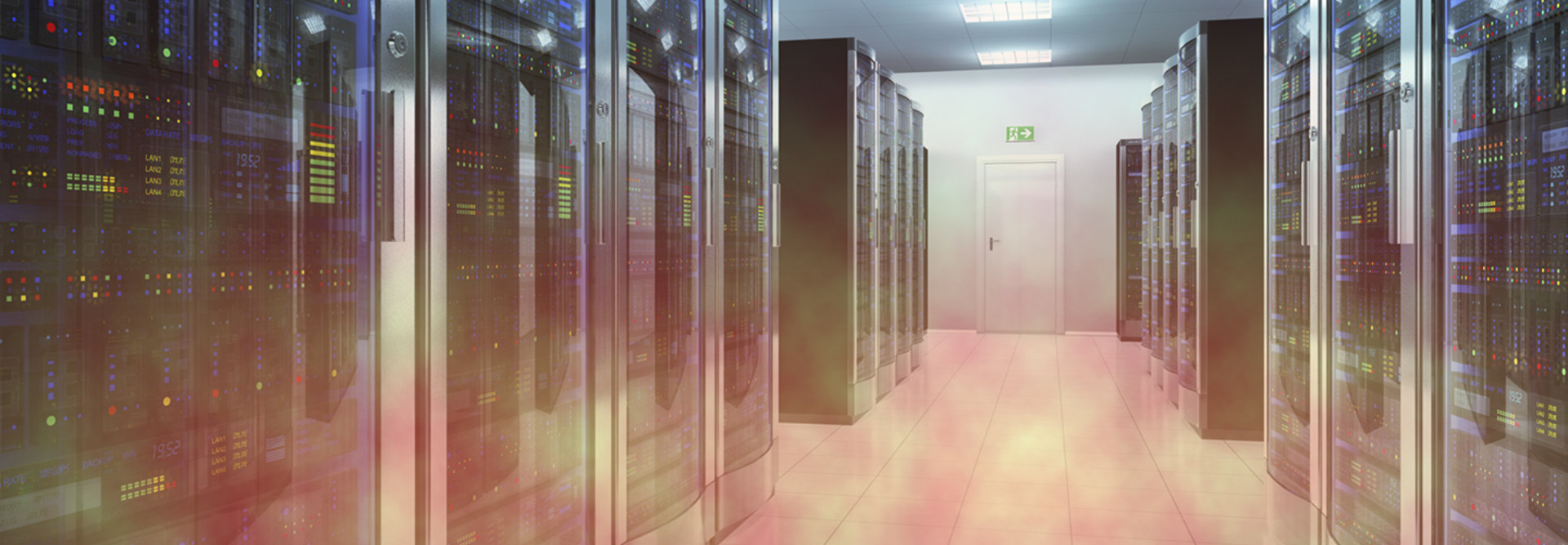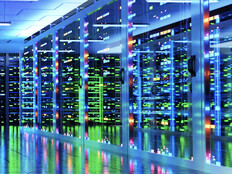Fact or Fallacy: Servers Can Take the Heat
In recent years, the American Society of Heating, Refrigerating and Air-Conditioning Engineers (ASHRAE) updated its thermal guidelines to allow higher temperatures in the data center. Large data center providers have been experimenting with operating in warmer environments to reduce energy costs.
While IT hardware is rated for increasingly higher temperatures, operating it in this manner carries some downsides. What follows is the straight scoop about this sometimes controversial subject.
1. Fact or Fallacy: Increasing data center temperatures increases the temperatures of internal components — fallacy, but with a grain of truth.
The myth comes from a time when fixed speed fans were used in IT equipment. When fans of this type are used, temperatures of internal components are indeed directly tied to inlet temperatures. However, variable speed fans are now common. These fans will spin faster in response to increased inlet temperatures, increasing airflow and keeping internal components at desired temperatures.
2. Fact or Fallacy: Increasing data center temperatures increases electrical consumption of cooling fans — fact, but minimal impact.
The 2012 ASHRAE white paper “IT Equipment Thermal Management and Controls” shows that typical server fans spin at about 10 percent of their maximum speed when inlet temperatures are between 59 and 77 degrees Fahrenheit. After this point, fan speeds and electrical consumption (and noise levels) increase dramatically.
At about 80 degrees Fahrenheit, fans reach 20 percent of maximum speed; at 104 degrees, 60 percent. In real terms, this means that fans will spin about 10 percent faster than normal if temperatures are pushed to the top end of recommended levels. For a typical rackmount server, this could require an additional 20 to 30 watts, which is the equivalent of a few LED light bulbs.
Compared with the lowered cost of cooling the data center, increasing data center temperatures can easily dwarf the additional cost of increased fan speeds.
3. Fact or Fallacy: Increasing data center temperatures impact humans — fact.
IT employees occupy the data center as well. Ambient data center temperatures approaching 80 degrees Fahrenheit can be unpleasant for operations staff. Additionally, this means that temperatures in the hot aisle approach or even exceed 100 degrees. Accommodations will need to be made for staff working in such an environment.
What’s more, increased fan speeds produce more noise. Without adequate acoustic treatments, this noise can add up in a hurry. The ASHRAE white paper referenced above estimates that a 20 percent increase in fan speeds results in a four-decibel increase in noise levels. Beyond certain levels, the Occupational Safety and Health Administration will mandate various hearing protection programs. Organizations must pay attention to the costs of acoustical mitigation to ensure overall savings from higher temperatures.
As data center temperatures approach the high end of recommended levels, monitoring systems and highly responsive, well-trained staff become increasingly important. Cost savings can be significant, but require changes to physical design and operational procedures to be realized.
Taking the hot aisle/cold aisle concept further and completely separating hot and cold air is key to driving efficiency and maintaining precise temperatures on the knife edge of recommended levels.









